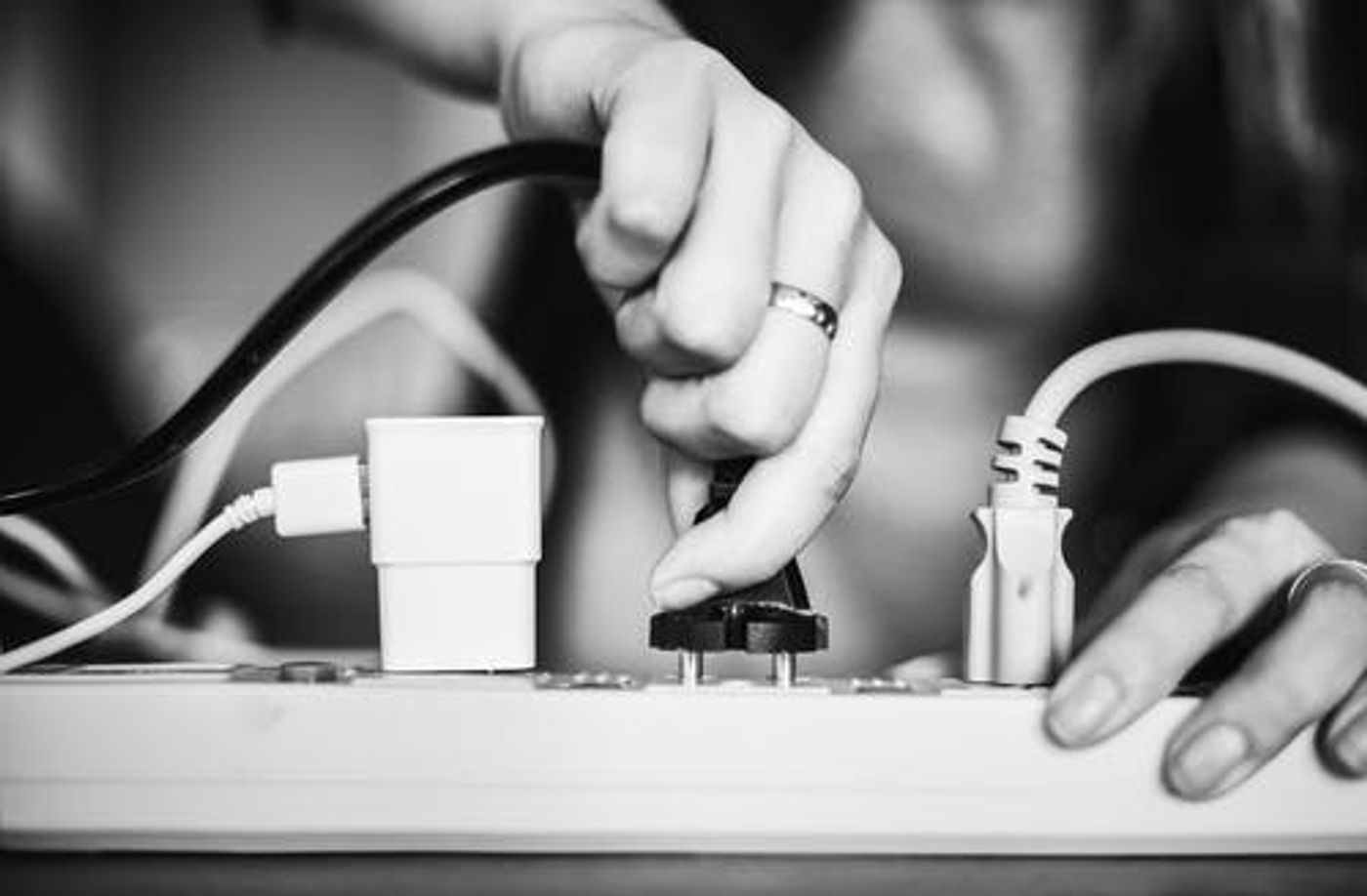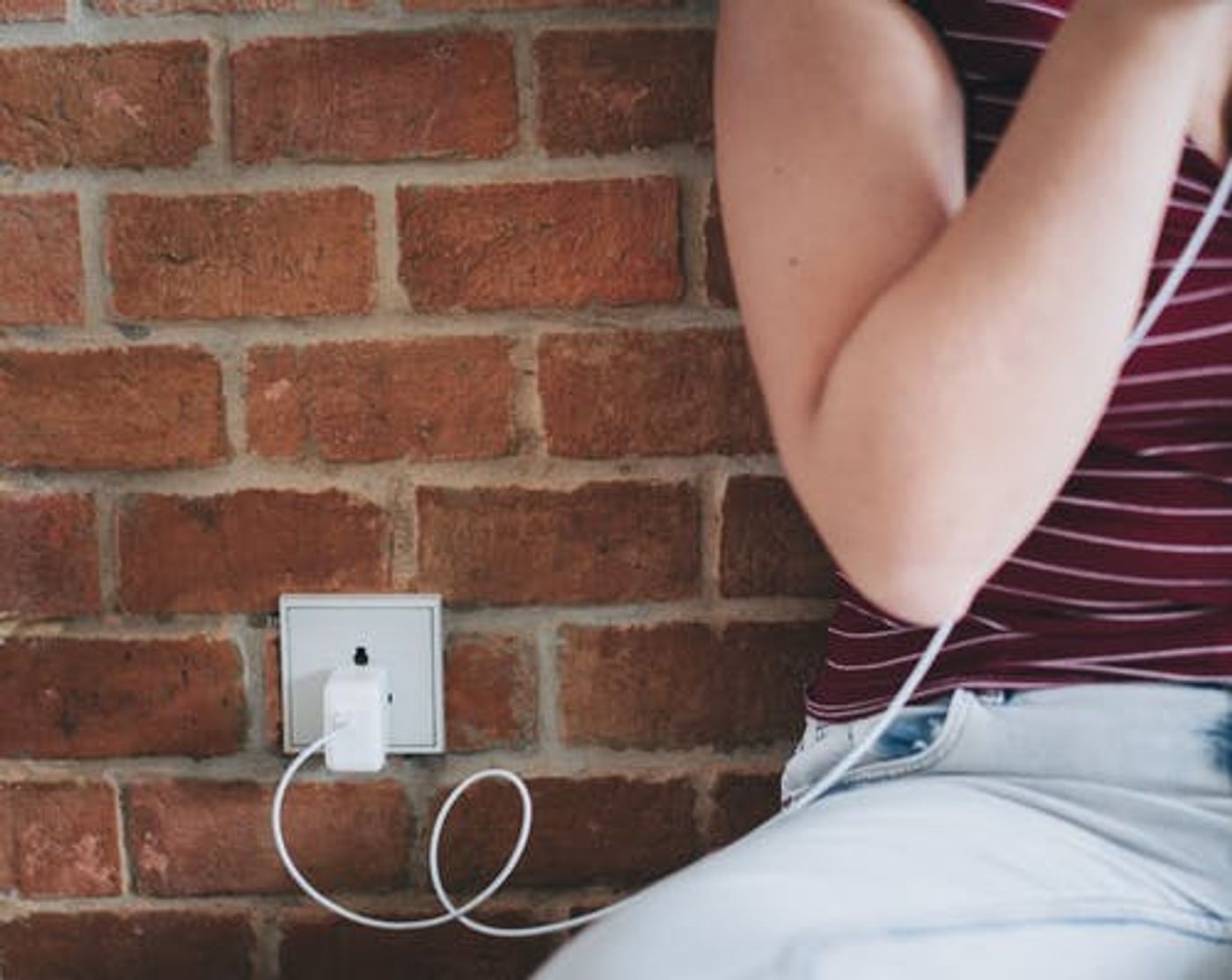Eel Inspired Battery May Someday Power Pacemakers
The worlds first synthetic battery called a “voltaic stack” was developed by Alessandro Volta, an Italian scientist in 1799. The incredible body of the electric eel inspired Volta's stack of zinc and copper discs separated by salt-soaked bits of cardboard.
In the eel, thousands of specialized cells called electrocytes, make up an electric organ. This organ takes up 80% of the eel’s body and produces shocks strong enough to stun a horse. Although each of the cells only puts out a small amount of energy, when all fired at once, they are quite powerful.
Electric eels continue to be a muse for researchers today. Such inspiration was the case for a team of scientists at the University of Fribourg. There Michael Mayer and his team have created a new power source that also mimics eel bodies.
The devices consist of rows of colorful gels on two separate sheets. These sheets, when pressed together, put out energy. When working on the project, scientists first considered recreating the entire shocking organ of the eel. They later realized that they could simply mimic the electrocytes themselves, on a much larger scale.
Though one issue with the invention is the size of each battery, scientists hope to improve on the design. One way they are attempting to shrink the technology is through folding techniques inspired by origami. This has allowed them to produce energy using much less space.
These batteries differ from conventional types in that they are flexible. As such, they may be useful in a wide range of applications from the next generation of robotics to numerous medical devices. Possible uses in medicine include pacemakers, prosthetics, and other medical implants.
These batteries may someday even be powered by the fluids in our bodies. This would allow for much greater independence in persons depending on a pacemaker or other medical technology that requires recharging.
We can thank the eel for inspiring the batteries that power our lives today. As these new technologies are improved, we may have to thank the humble eel again in the future.
Sources: Nature










